Serving The Wasatch Front Area
Back to Blog
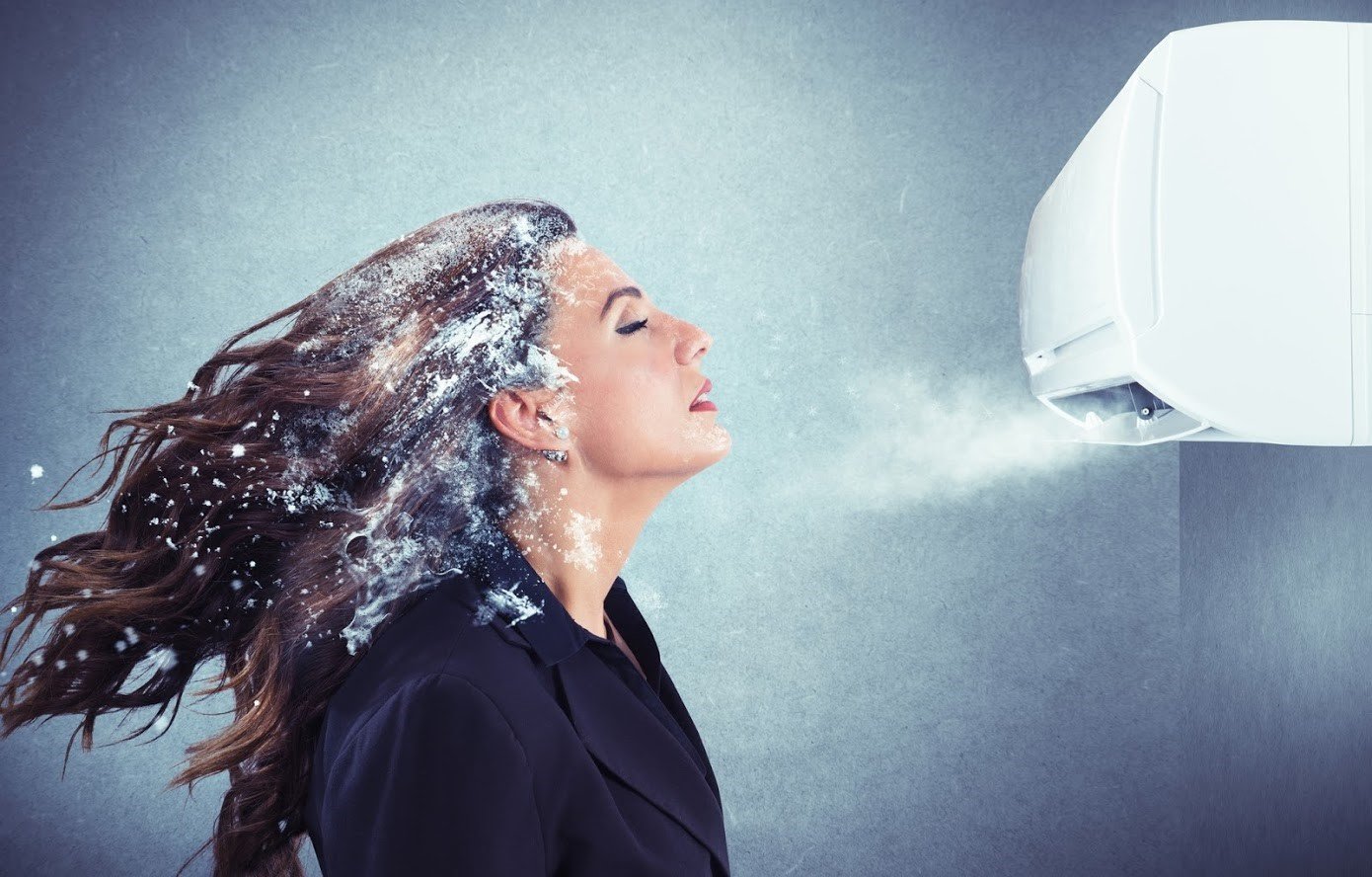
4 Signs of Central Air Unit Ice and Frost Problems
April 9, 2021
You rely on central air units to supply cool air to your home, but there may be cases where your unit becomes too cold. While a chilly unit may seem like a good thing, frozen elements can result in major problems and prevent cold air from reaching your home. If you fail to notice the problems, they may worsen cause issues for central air.
Look into some of the signs and problems that may occur due to the freezing issues.
1. Puddles
One of the easiest signs to see with your air conditioning unit is a puddle. Puddles may form on the bottom of the unit. In many cases, the puddles are not leaking fluids, but portions of ice and frost that have melted down to water after sun exposure or increased heat.
Remember this: puddles on the outside could be a sign of major troubles on the inside. You should contact repair services for an inspection. If puddles appear consistently, then you should suspend the use of your central air unit until you can have a professional look at the problem.
2. Frozen Elements
If you are able to see any of the internal components of your unit, you may notice areas are completely frozen. Ice will form around pipes and frost could appear as well. There are numerous causes for the issue. One of the main causes is running the central air in cold weather. When the outside weather is too cold, the unit will not cool air properly and ice will form.
The unit may also have a lack of refrigerants that are used to help regulate the temperature. Without the refrigerants, the cooling coils get too cold and eventually freeze. The frozen elements do not provide cooler air for your home. Each component can result in major operation issues and long-term damage if not repaired properly.
3. Inconsistent Airflow
Inside your home, you may see a sign of frozen elements in the form of inconsistent airflow. You may notice rooms take longer to cool off or the air output is not as powerful as it used to be. In many cases, frozen elements are responsible for the performance issues.
The frozen parts could also reflect the condition of the unit overall. For example, if your central air unit is older, parts may fail and not work like they once used to. The cycle of frozen parts could continue to happen and impact the cold weather in your home. After a full inspection, you may consider a complete replacement of the unit.
Like many forms of technology, the air conditioners fail over time and a replacement will run smoother and more efficiently.
4. Noise Levels
An outdoor unit usually runs pretty quietly, but you may notice loud noises or louder than normal operations. When a part like the evaporator coil freezes over, the air conditioner may run harder and louder to try and force operations through the coil and into the rest of the unit.
Oddly, the frozen parts could lead to overheating at the same time. When the unit overheats, the engine burns up and you can usually tell there’s an issue by just listening to the unit. If you have lived in your home for multiple years, then you would be used to the sound by now and know what levels were normal or not.
If you can hear noise changes from inside of your home, then you should shut down the unit to prevent further damage. A technician can access the situation and help ensure your air conditioner runs correctly in the future.
For more information on repairs and emergency service, contact us at Comfort Solutions. Our end goal is to make sure you’re cool and comfortable.
Recent News
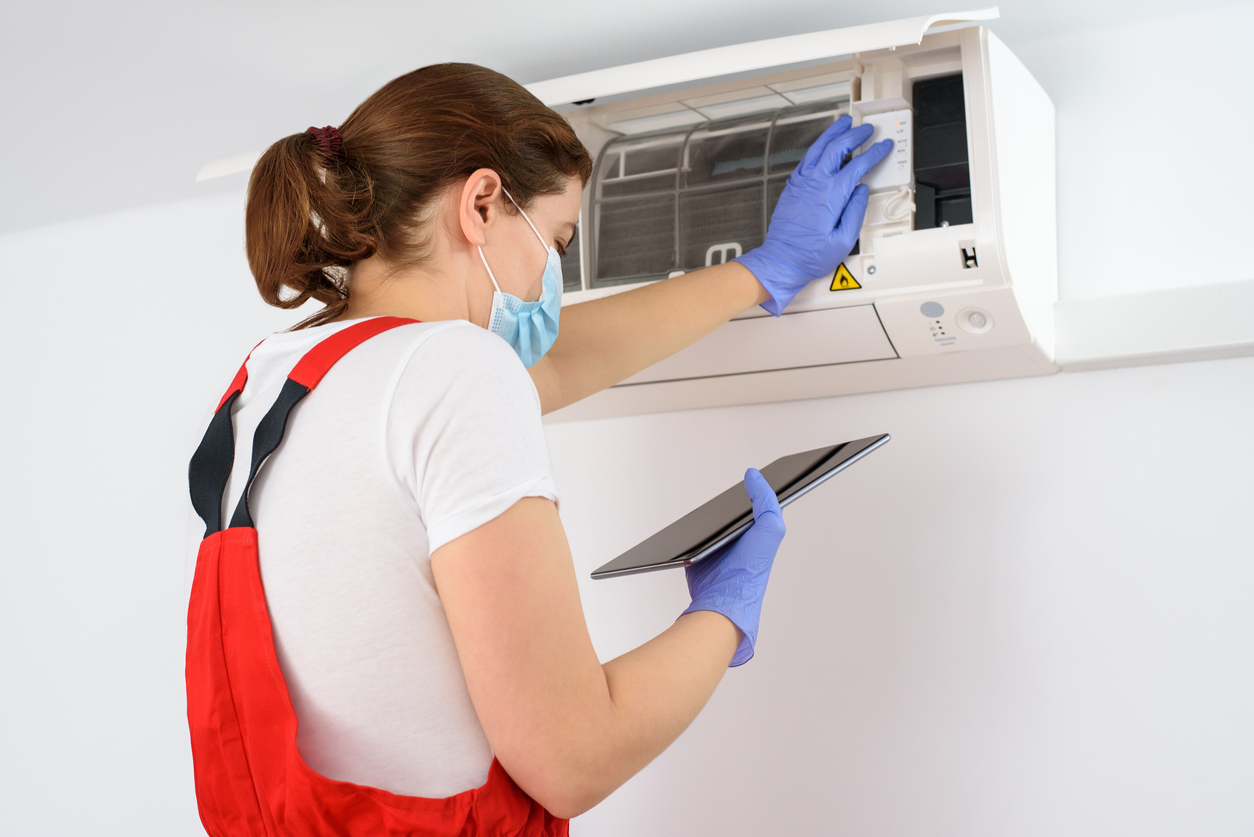
When to Upgrade Your AC Systems: Benefits & More
February 25, 2025

Why Remote Workers Should Upgrade Their HVAC
February 10, 2025
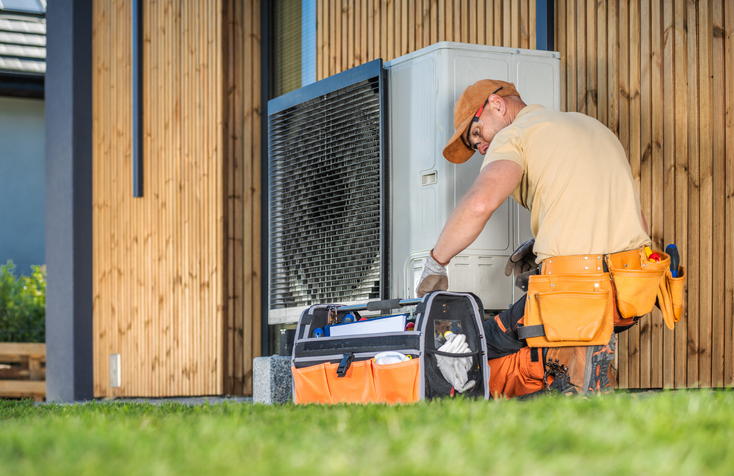
Common Home Heating, Furnace Repair & Replacement Myths
February 7, 2025
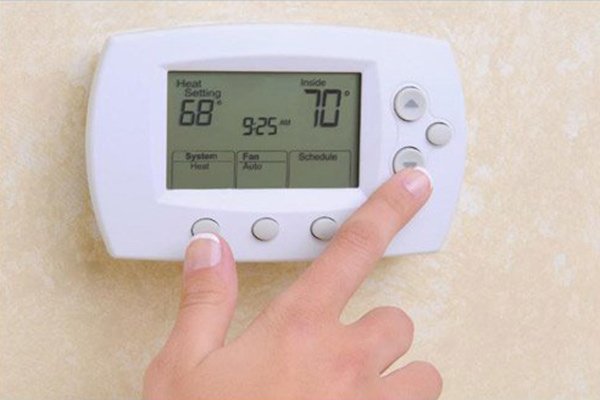
Keep Your Fireplace and HVAC Systems Running Strong All Winter
December 6, 2024
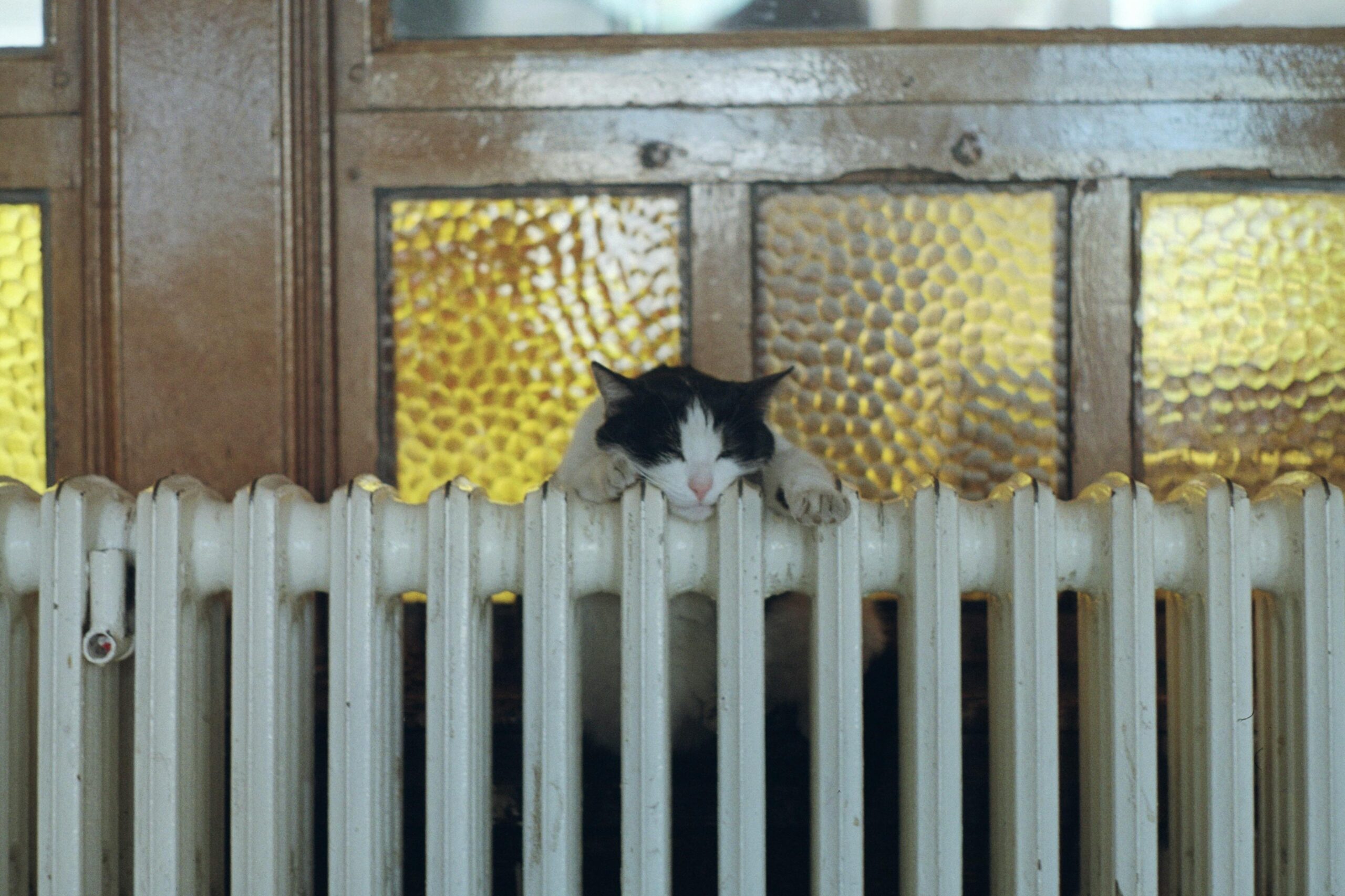
Your Comprehensive Heating Guide: Installation, Repair, Efficiency & More
September 18, 2024
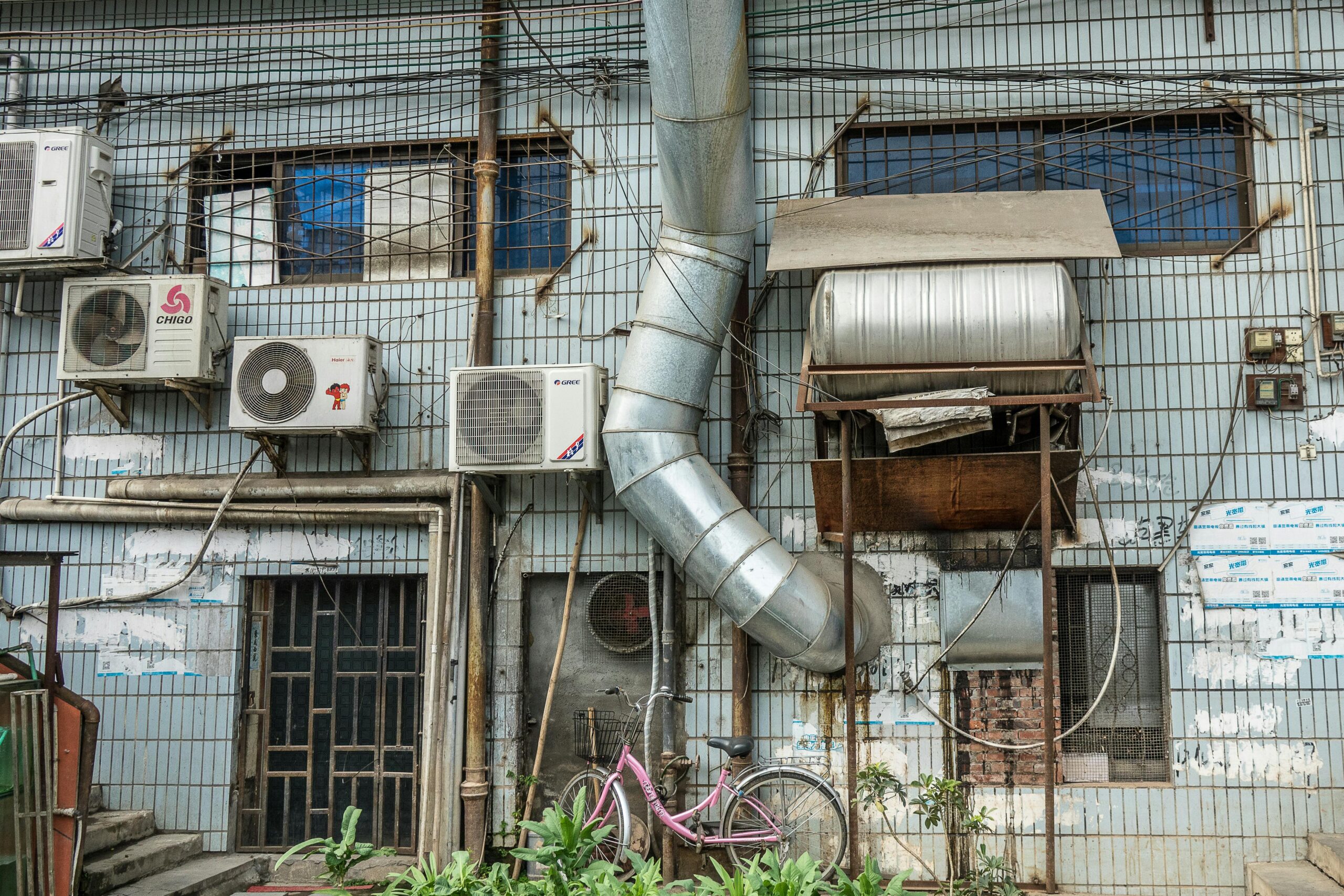
HVAC System Replacements: How to Act Fast and Get it Done Right
September 17, 2024

